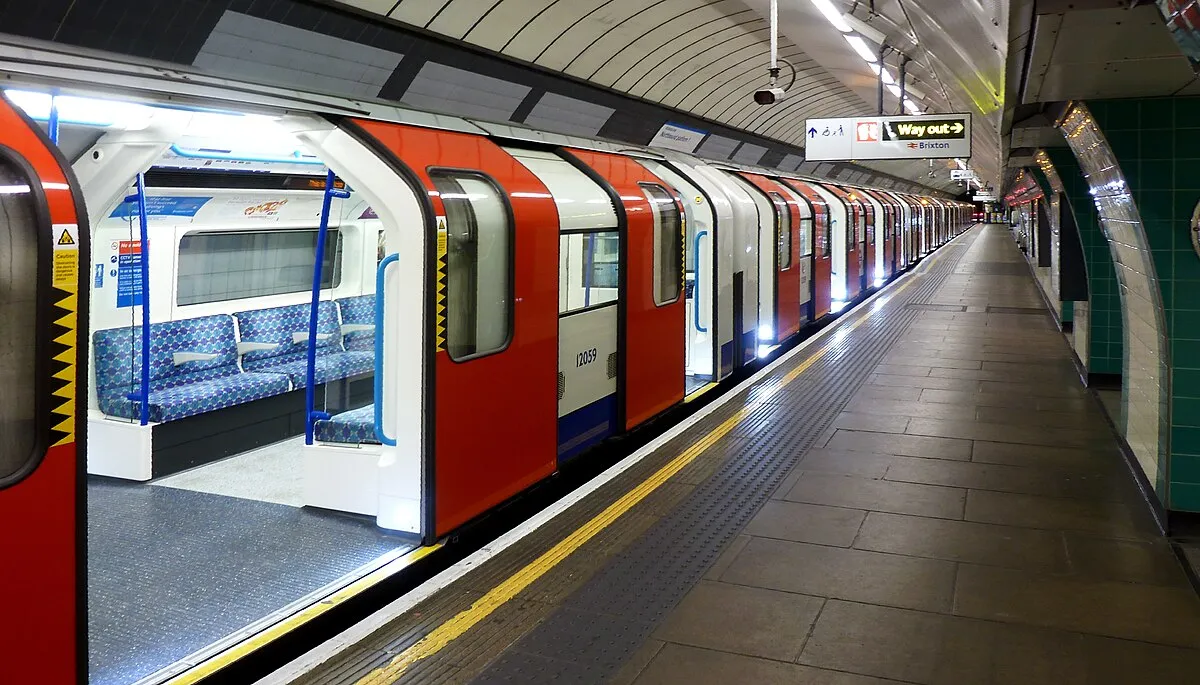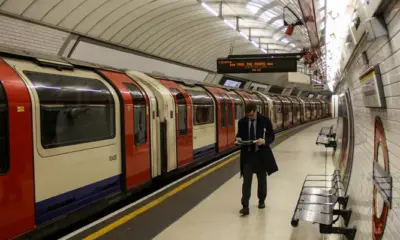News & Updates
London Metro Expansion New Routes to Serve 3 Million Daily Riders

London is preparing for one of the largest public transport upgrades in its history, as the upcoming Metro expansion project promises to reshape urban mobility across the capital. The newly approved network extensions, which will add more than 25 miles of track and 14 new stations, are expected to serve over 3 million passengers daily once completed. Designed to address congestion, improve accessibility, and support the city’s growing population, this project represents a major step toward a more sustainable and connected future for London.
Expanding London’s Transport Network
Transport for London (TfL) has confirmed that the 2026–2032 Metro expansion plan will enhance connectivity between key business, residential, and cultural districts. The new routes will include extensions to underserved areas in East and South London, linking boroughs such as Lewisham, Barking, and Croydon more efficiently to central hubs. These routes aim to reduce commute times by up to 30 percent while easing congestion on the Northern, Central, and Jubilee lines.
Among the most anticipated developments is the Crossrail 2 alignment proposal, which will connect Wimbledon to Tottenham Hale through central London, providing vital relief to existing lines. Additionally, extensions to the Bakerloo and DLR lines will improve accessibility for tens of thousands of daily commuters. The expansion will also introduce smart infrastructure, including upgraded signaling systems and AI-assisted operations designed to optimize train frequency and reduce delays.
Transport experts describe the project as a “once-in-a-generation opportunity” to modernize London’s infrastructure. The integration of next-generation rail technologies, including predictive maintenance systems and automated scheduling, will enhance reliability and operational efficiency. The expansion is also expected to create over 30,000 new jobs during construction and inject billions into the regional economy through investment in engineering, technology, and urban development.
Accessibility is another key focus. All new stations will feature step-free access, improved digital navigation systems, and advanced passenger information displays. TfL has also pledged to prioritize sustainability by using energy-efficient trains and recycled materials throughout construction, aligning with London’s goal of achieving net-zero emissions by 2040.
Urban Growth, Sustainability, and Economic Impact
London’s population is projected to exceed 10 million by 2035, making transport infrastructure a critical priority for urban planners. The Metro expansion is designed not only to accommodate this growth but also to promote equitable access to opportunities across all boroughs. By connecting emerging residential zones with employment centers, the project supports the city’s long-term economic and environmental goals.
The expansion will significantly reduce vehicle emissions by encouraging commuters to shift from private cars to public transport. Officials estimate that the new lines could cut annual CO₂ emissions by more than 250,000 tons, contributing to cleaner air and healthier urban environments. Green building standards are being incorporated into station design, including solar panel installations, rainwater harvesting, and improved insulation to minimize energy consumption.
Economically, the expansion is expected to generate over £40 billion in long-term benefits, encompassing job creation, increased property values, and higher productivity. Businesses in newly connected areas are predicted to see a surge in foot traffic and investment, particularly in retail and hospitality sectors. The project is also designed to stimulate housing development, with thousands of new affordable homes planned near the expanded lines to address London’s ongoing housing challenges.
The transport upgrades will strengthen London’s position as a global business hub by ensuring efficient movement of people and goods. Enhanced connectivity between financial districts, airports, and cultural landmarks will further boost tourism and international competitiveness. As part of a broader regeneration strategy, local authorities are working with TfL to ensure that community needs are reflected in station design and neighborhood planning.
The Role of Technology in Modern Mobility
Technology is at the heart of London’s new transport vision. The Metro expansion will integrate artificial intelligence and data analytics to monitor passenger flow, predict service demand, and manage scheduling in real time. Advanced ticketing systems will support contactless and biometric payments, reducing queues and improving accessibility for international travelers.
AI-based predictive maintenance tools will monitor track conditions, minimizing disruptions by identifying issues before they escalate. TfL will also introduce real-time crowd management systems using sensors and computer vision, allowing operators to dynamically adjust services and improve passenger comfort during peak hours.
In addition to operational technology, the expansion embraces digital communication for commuters. The introduction of 5G-enabled Wi-Fi coverage throughout tunnels and stations will ensure seamless connectivity for passengers. This enhancement supports remote work, streaming, and real-time navigation, key features for modern urban commuters.
The integration of renewable energy sources into the Metro’s operations further underscores the city’s commitment to sustainability. Solar farms, regenerative braking systems, and battery-powered backup units are among the innovations being deployed to reduce the network’s environmental footprint.
Conclusion
The London Metro expansion stands as a defining project for the city’s future, blending engineering excellence with sustainability and innovation. With new routes designed to serve over 3 million daily riders, the initiative will not only transform the commuter experience but also drive economic growth and social inclusion across the capital.
By integrating AI, renewable energy, and modern urban planning, the expansion exemplifies how technology can enhance public services while supporting long-term environmental goals. As construction moves forward, the London Metro will become a model of how major cities can adapt to population growth and environmental challenges while maintaining efficiency, accessibility, and world-class service.
When completed, the expanded network will mark a new era for London’s transport system, one defined by connectivity, sustainability, and the seamless integration of technology into everyday life.














